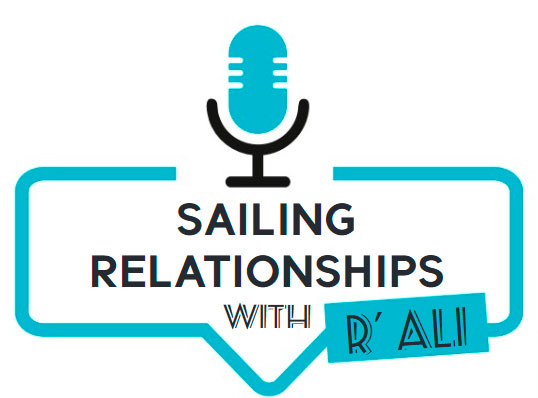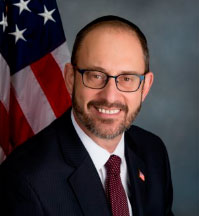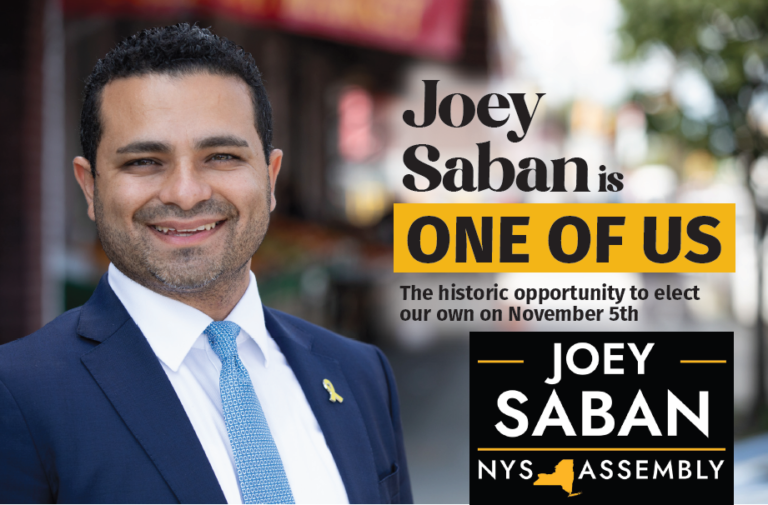QUESTION:
Dear Rabbi Ali,
I have been struggling with something in my marriage for about a year and it’s only getting worse. My husband has stopped going to minyan in the morning almost completely. He doesn’t go to classes anymore and seems to be falling spiritually in general. I am concerned for him and the family. Our kids see this and I’m worried that they will be lax spiritually as well. I have told him how I feel multiple times, but it turns into a fight every time. Your advice would be greatly appreciated. Thank you.
R’ ALI’S RESPONSE:
There are many points that need clarity. I see many people struggling with this and see many cases that are similar to yours. There’s the point of being a good wife, which does entail caring about your husband and being concerned for his physical, emotional, and spiritual well-being. There’s another point of how to approach the situation. And the third point is how your children are being affected, which is not simple at all.
Let’s start with the first point of being concerned for your spouse’s well-being. The feeling that you have, which is that your husband is not holding spiritually where he used to, is the feeling of a good spouse. To say, “Let him do his job and I’ll do mine,” is not really the approach for a spouse. There is a well-known saying that people often say to women when they are getting married, “You are not your husband’s mashgiah (rabbi, mentor, etc…). We will soon explain what this means. However it does not mean that you are not to be concerned about your husband’s spiritual level, similar to his physical and emotional status. Of course, we all agree that “you are not your husband’s doctor.” However, a good wife will instinctively be concerned if her husband’s cholesterol is too high. This is included in being a “helpmate” for your husband.
The second point is where things get tricky. The goal is to help your husband, not to hurt him or create a new problem, namely a lack of shalom bayit. You have to realize that this is definitely a sore topic and needs to be dealt with delicately. I would advise against telling him that he’s falling spiritually or hurting the family. This will not be received well, as you have stated. Actually, this is not exclusive to spirituality. To demand, command, or give any rebuke to a spouse, could be degrading and is the source of many shalom bayit issues. This is where the famous saying of “you are not your husband’s mashgiah” comes into play. It is not advisable to tell him where he is failing. Leave that to the rabbi or to anyone else who has an influence on him.
Practically speaking, what can be done? I suggest a three-step process. Number one, show concern. Instead of saying, “Why can’t you wake up?” you can ask if everything is okay, and say that you’re concerned, is there anything that you can do to help? If he says that he’s fine, then drop it. The next step would be to give positive praise and reinforcement when he does go to minyan. Wait for that moment. that I do believe will happen, and let him know how beautiful it is to see him go to minyan. It may sound childish, but this is the way we operate in business as well. Any good boss knows that positivity works wonders and negativity is a failing system.
The third step could be used as a last resort or in conjunction with the first two. Speak to someone who you know that your husband respects and listens to, preferably a rabbi. To get a phone call from a rabbi saying that he’s missed in shul and that things are not the same without him will make almost anyone feel like a million dollars.
The third point that you bring up about your kids is a real concern. However, there is so much that you can do on your end. You can read the young ones bedtime stories about big tzadikim, depending on their age. For the older ones, you can give them positive praise when you see them do mitzvot such as going to minyan or making berachot. The more you praise them, the more you will make them excited about the mitzvot that they do. There is a lot to talk about, but I do believe these are the basics.












